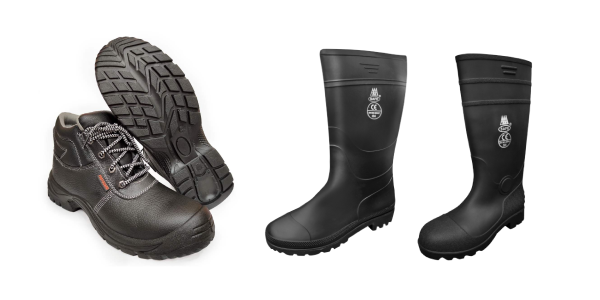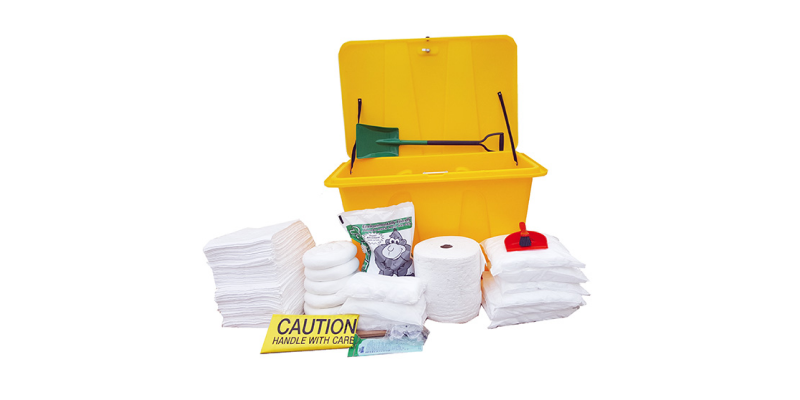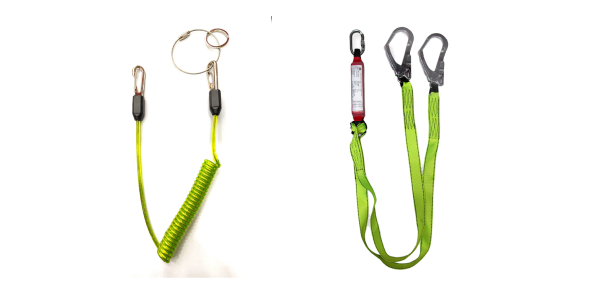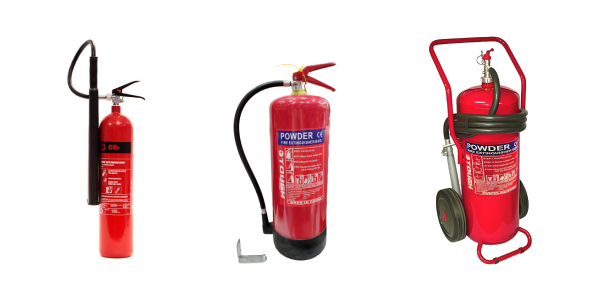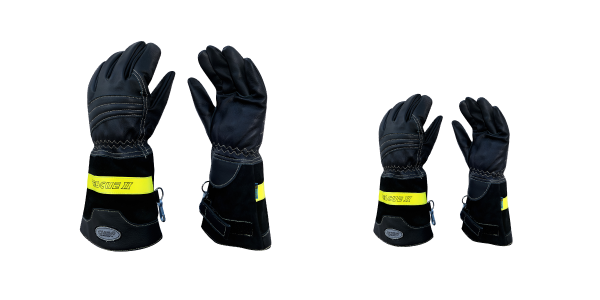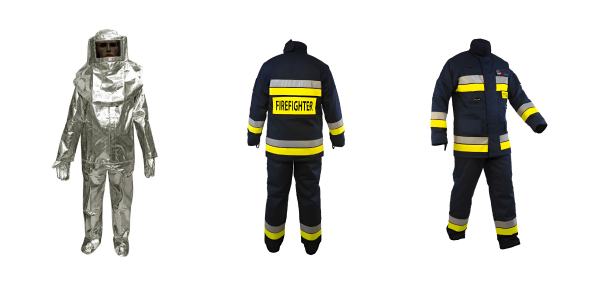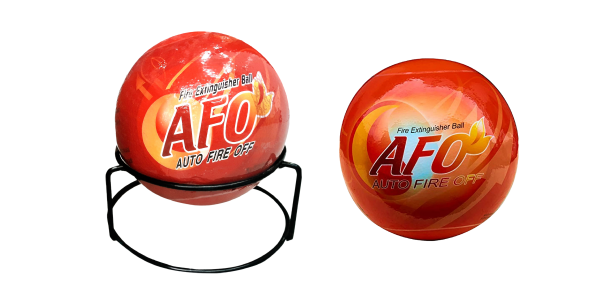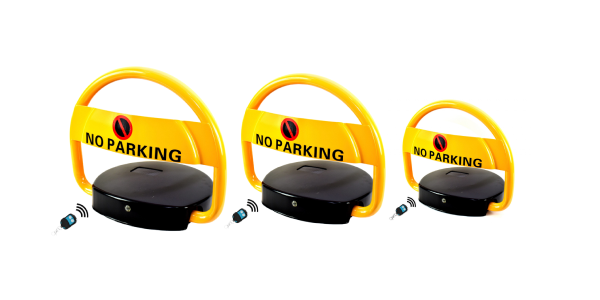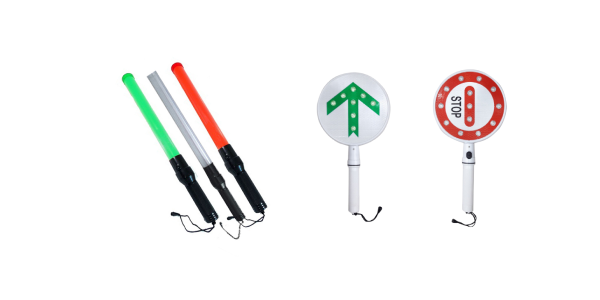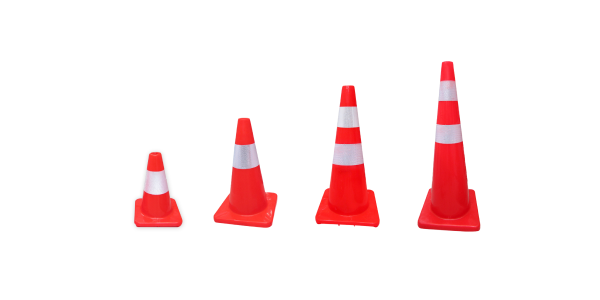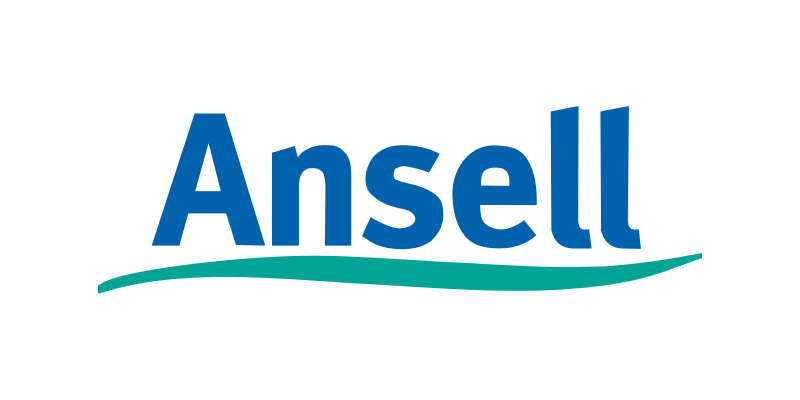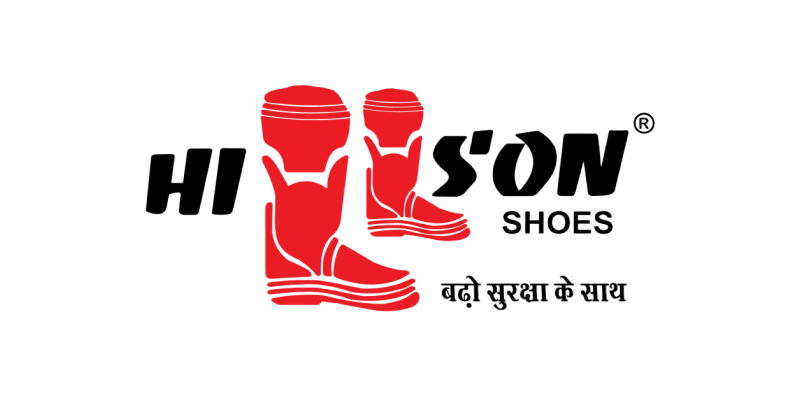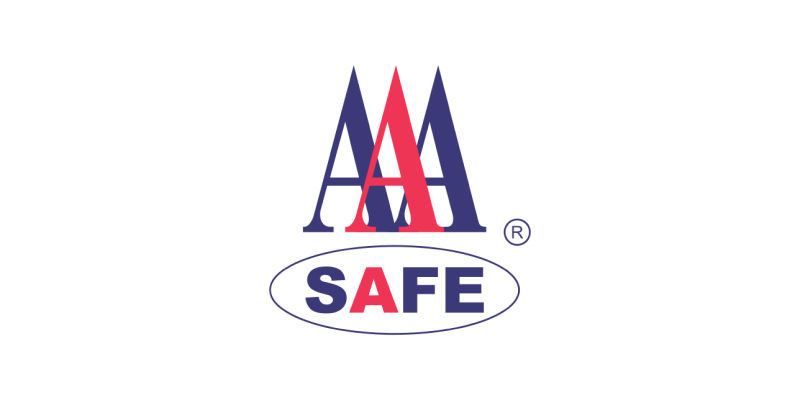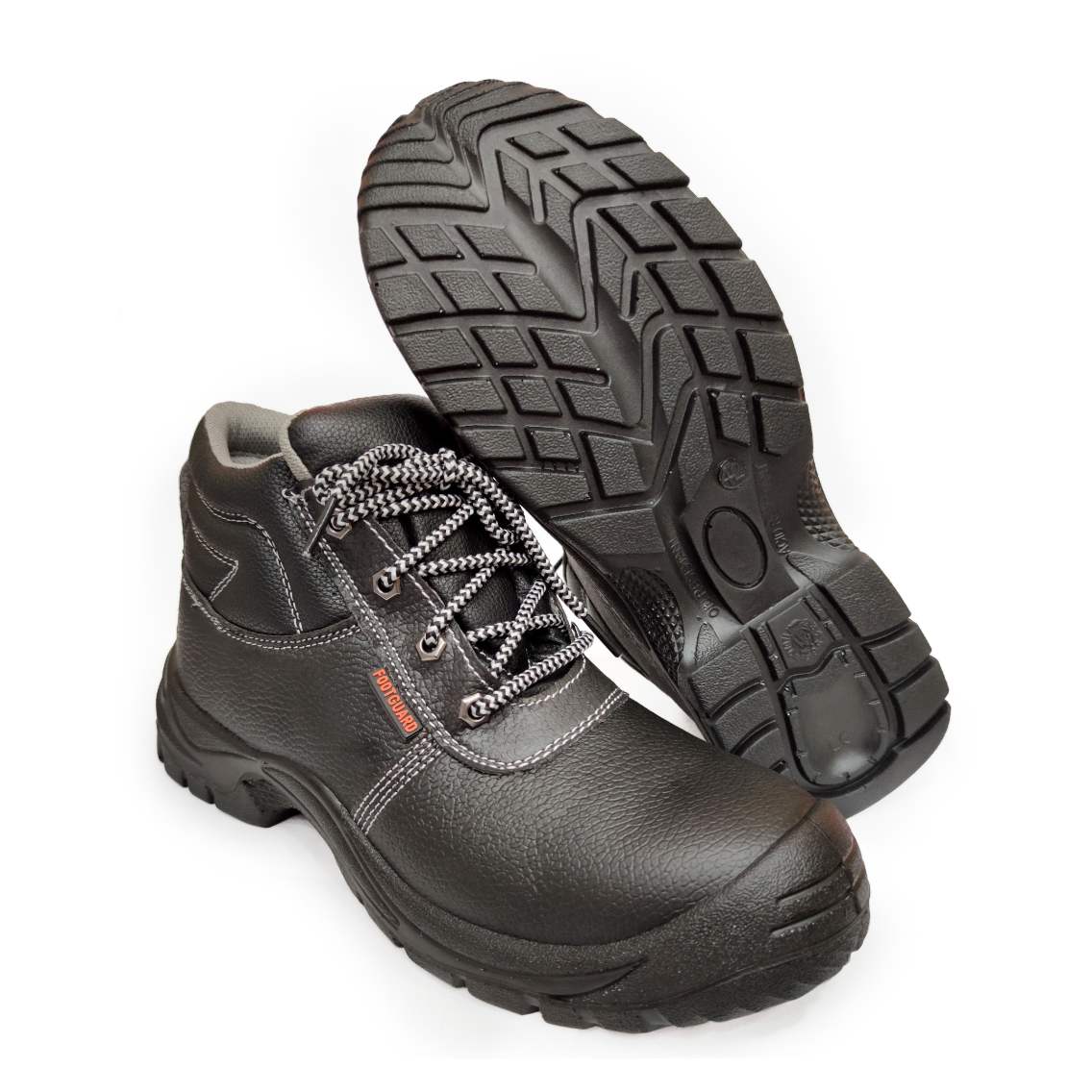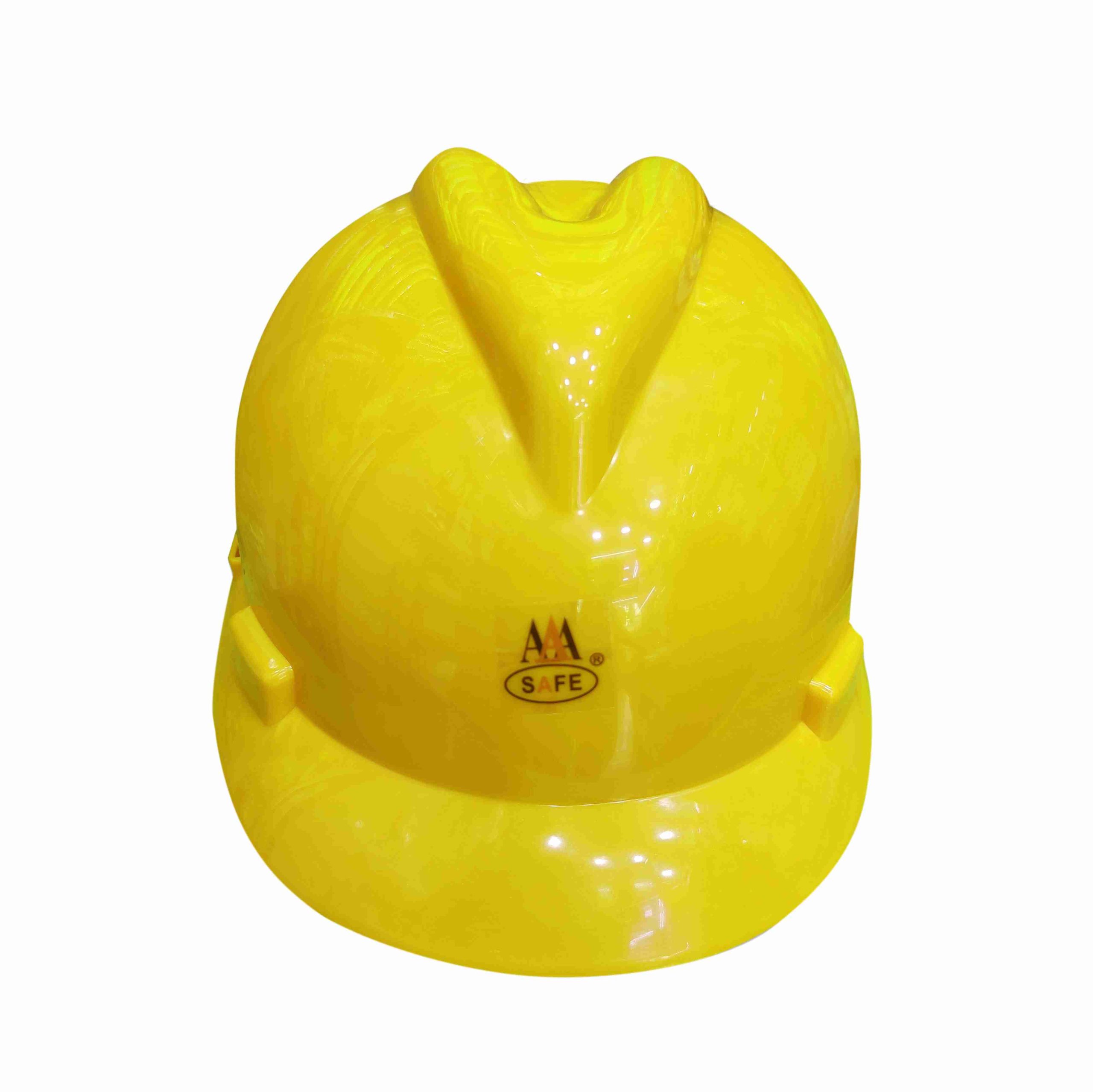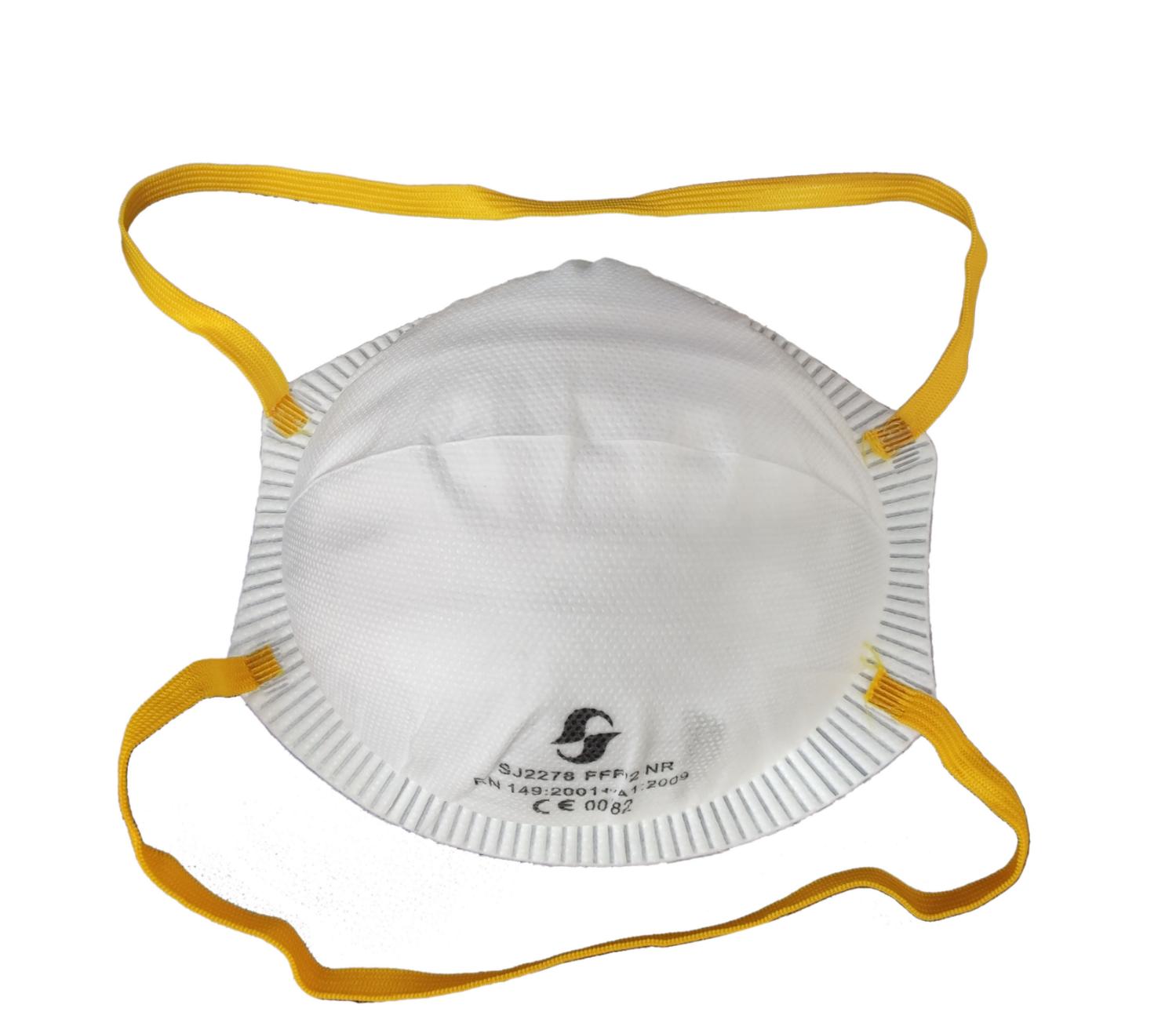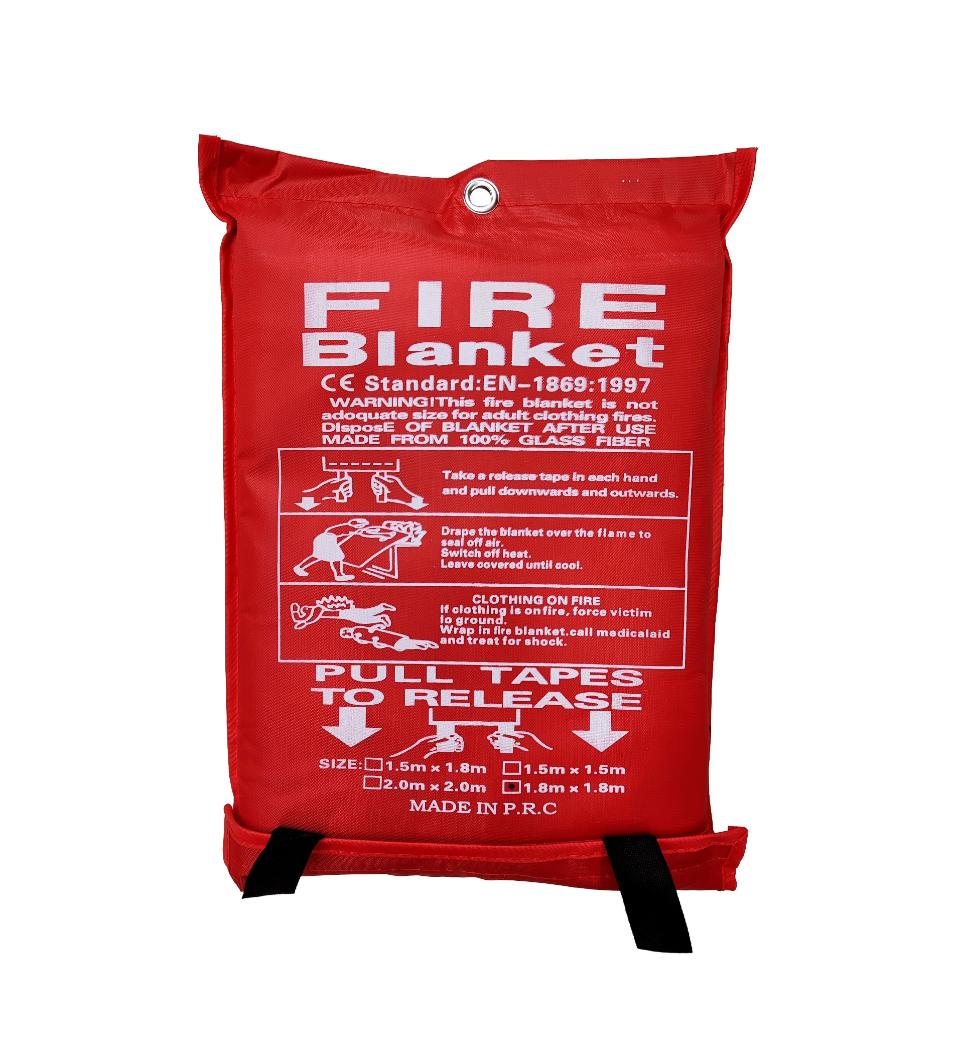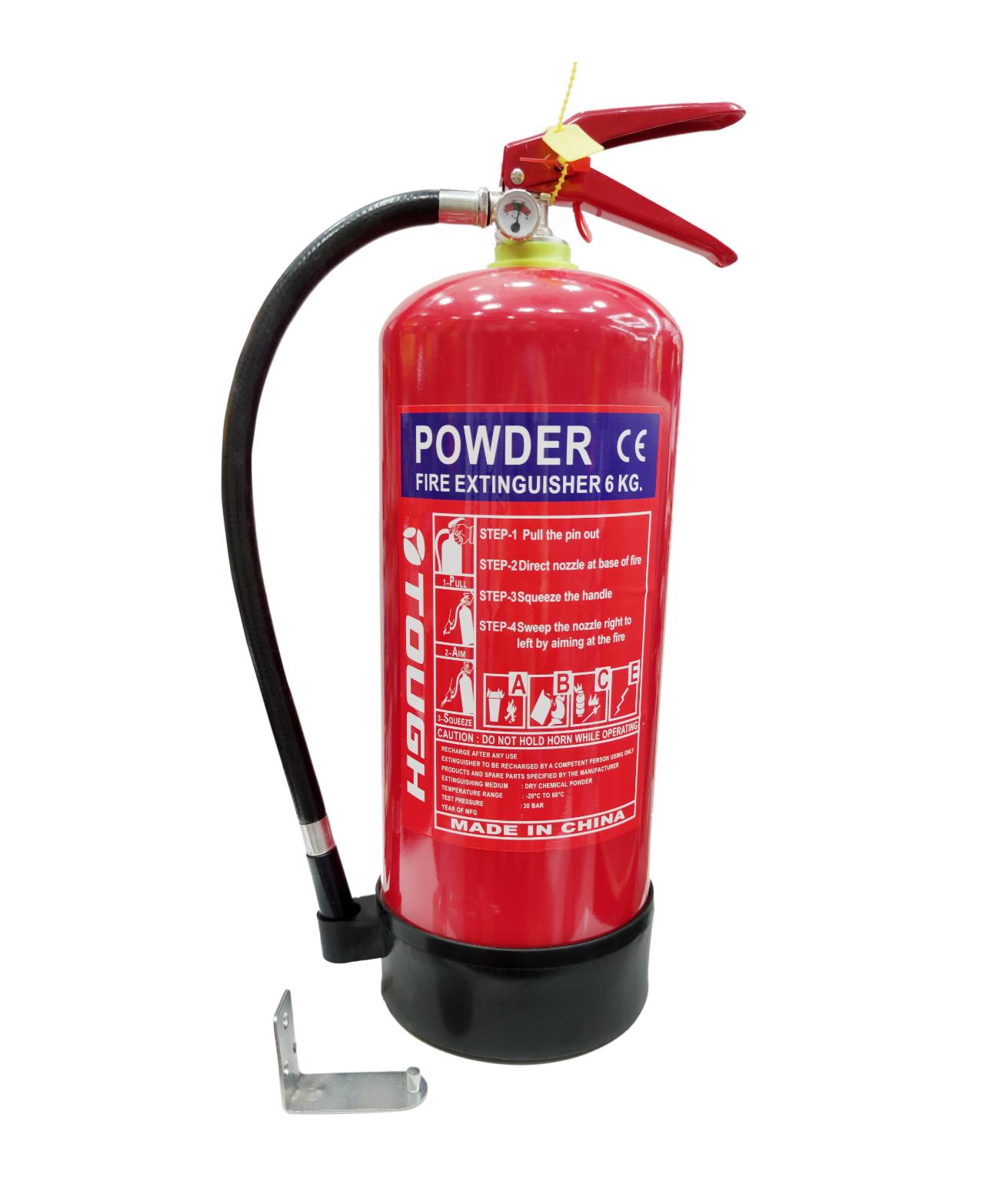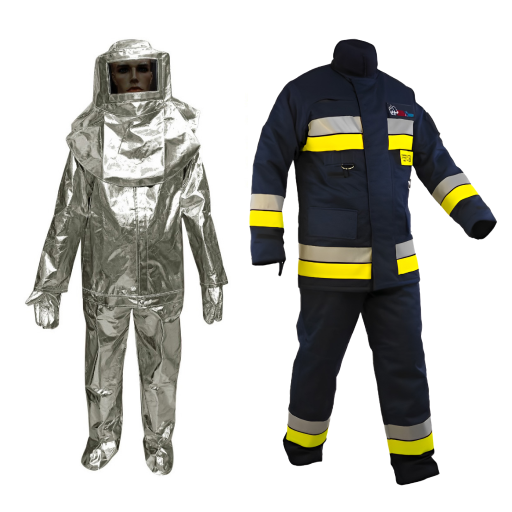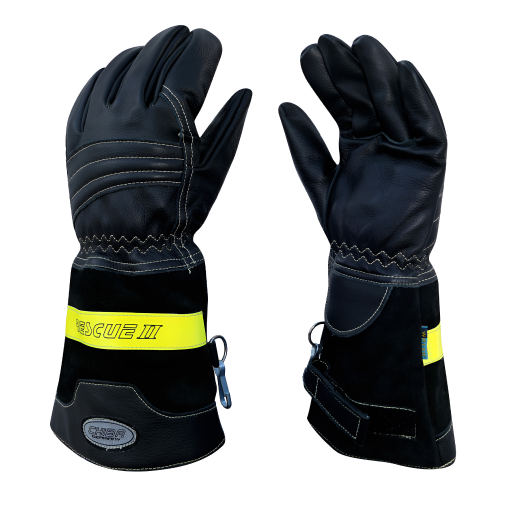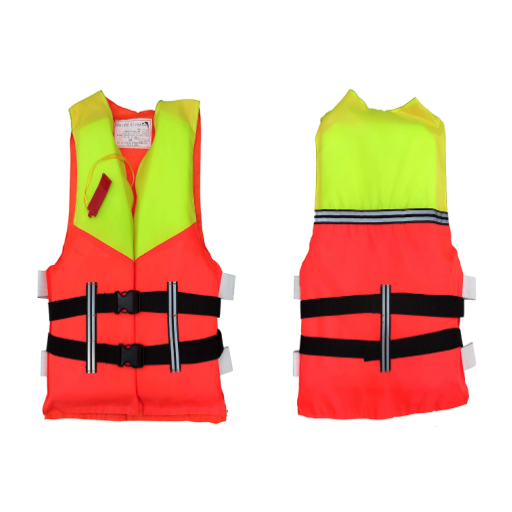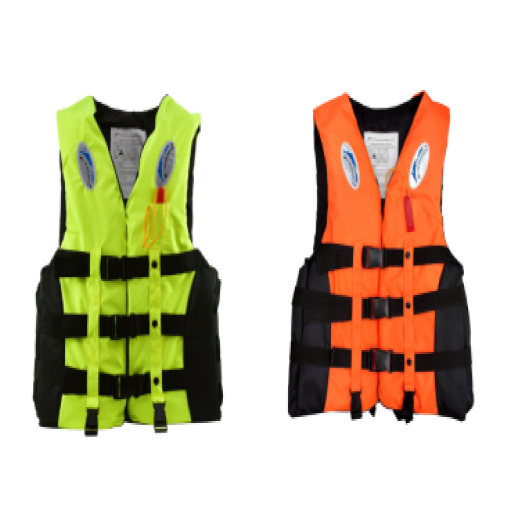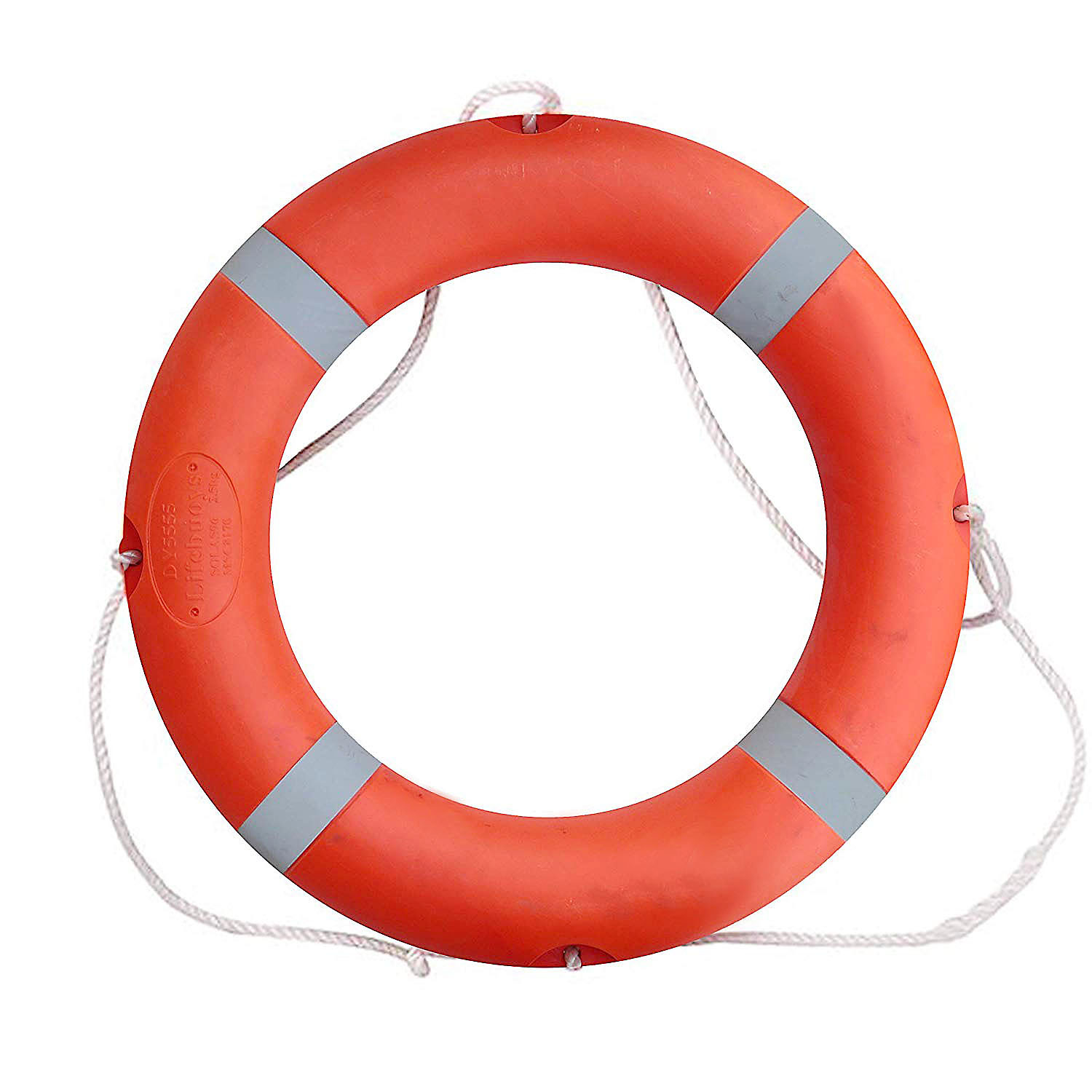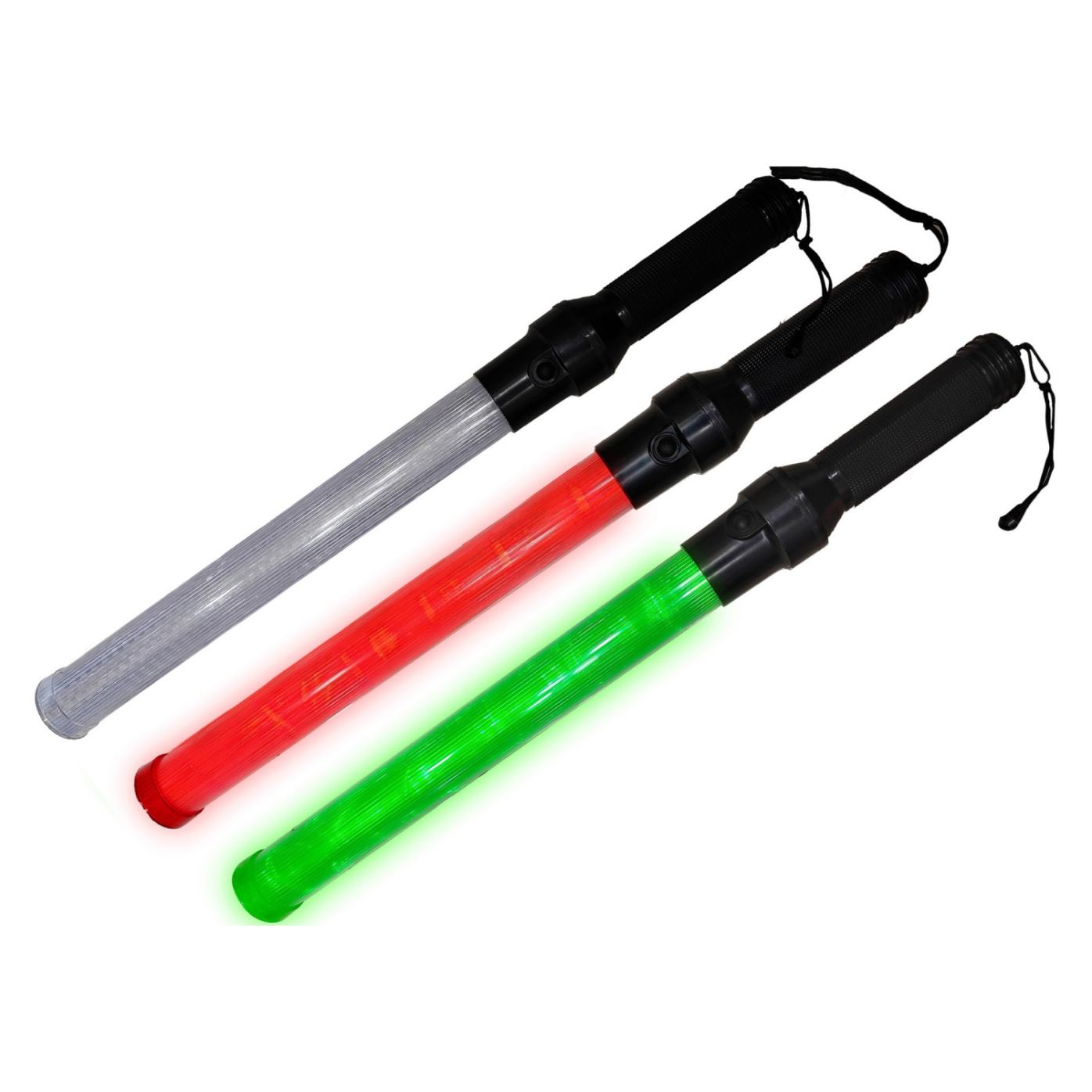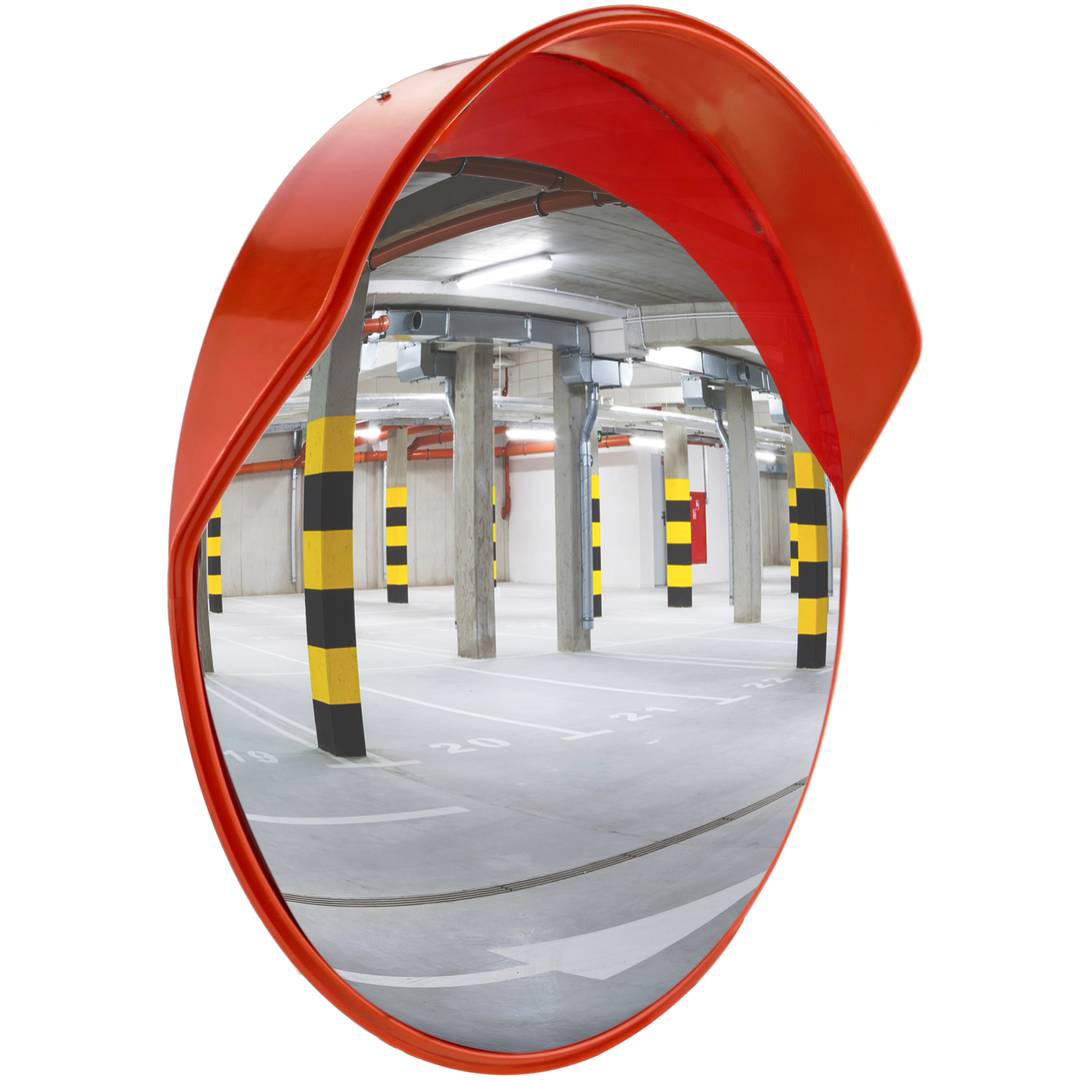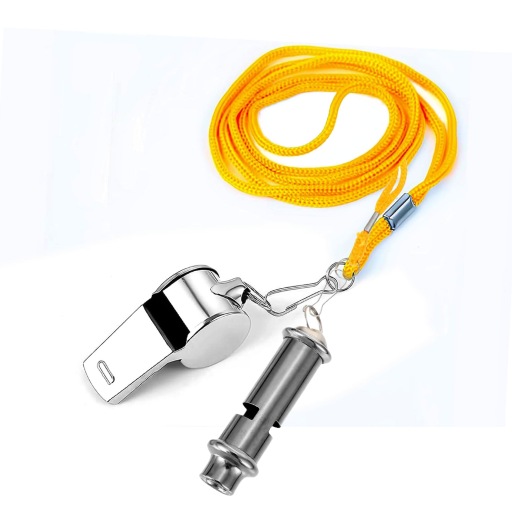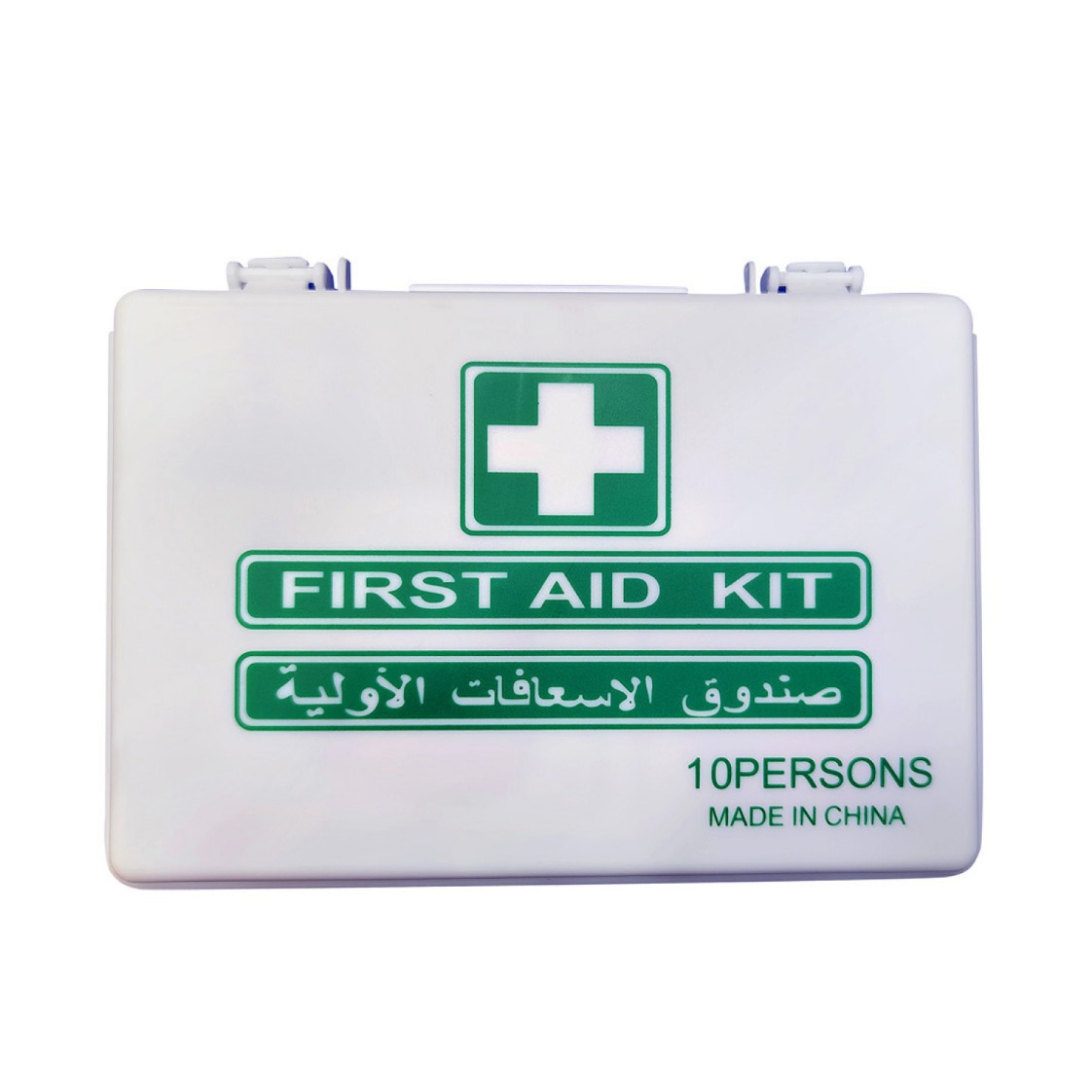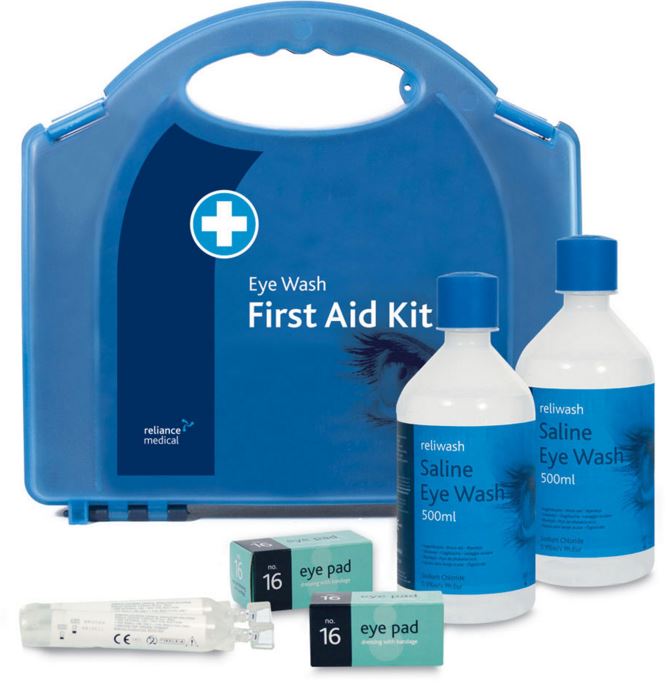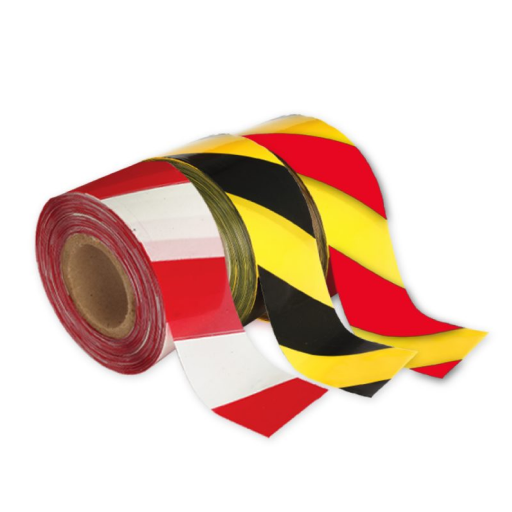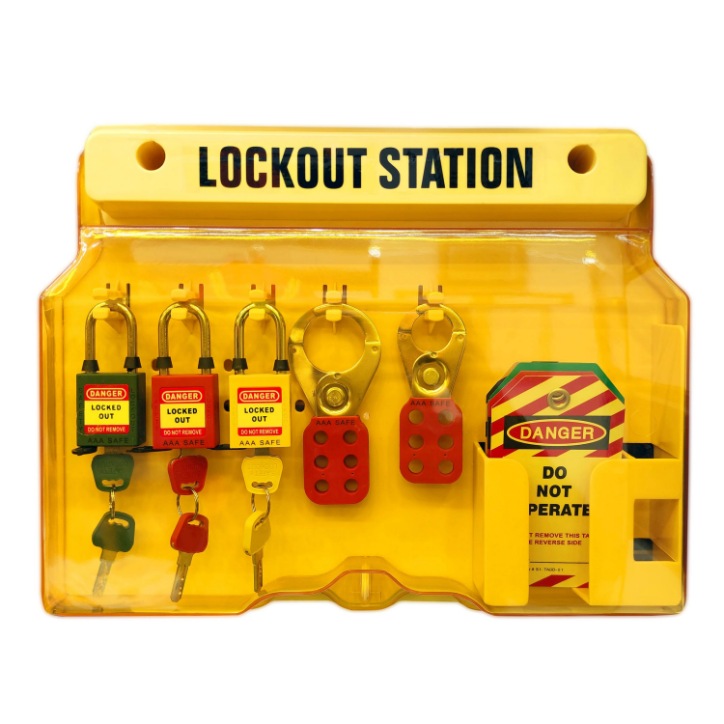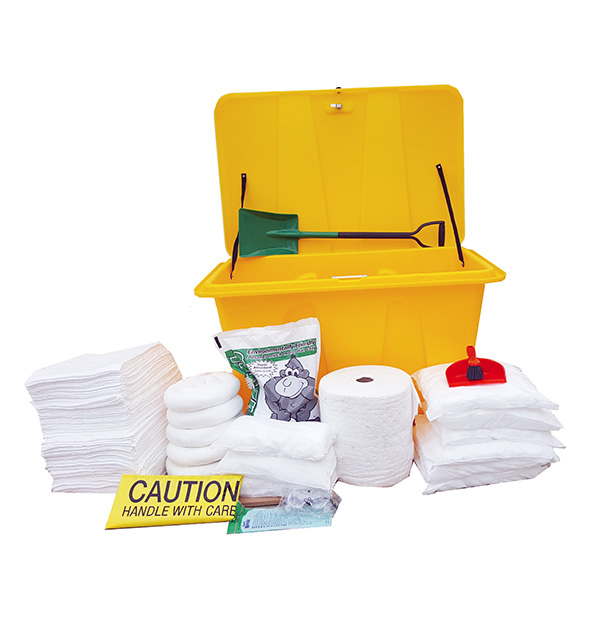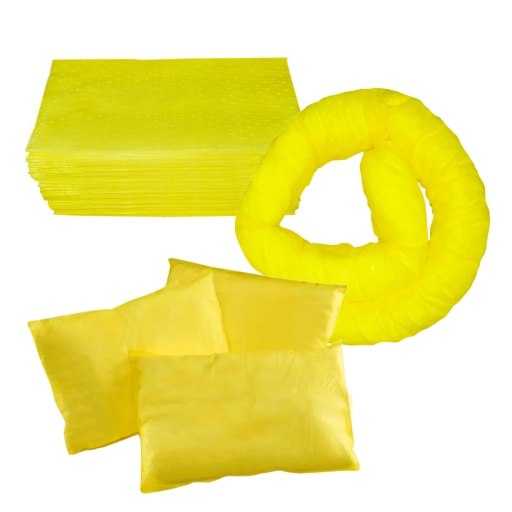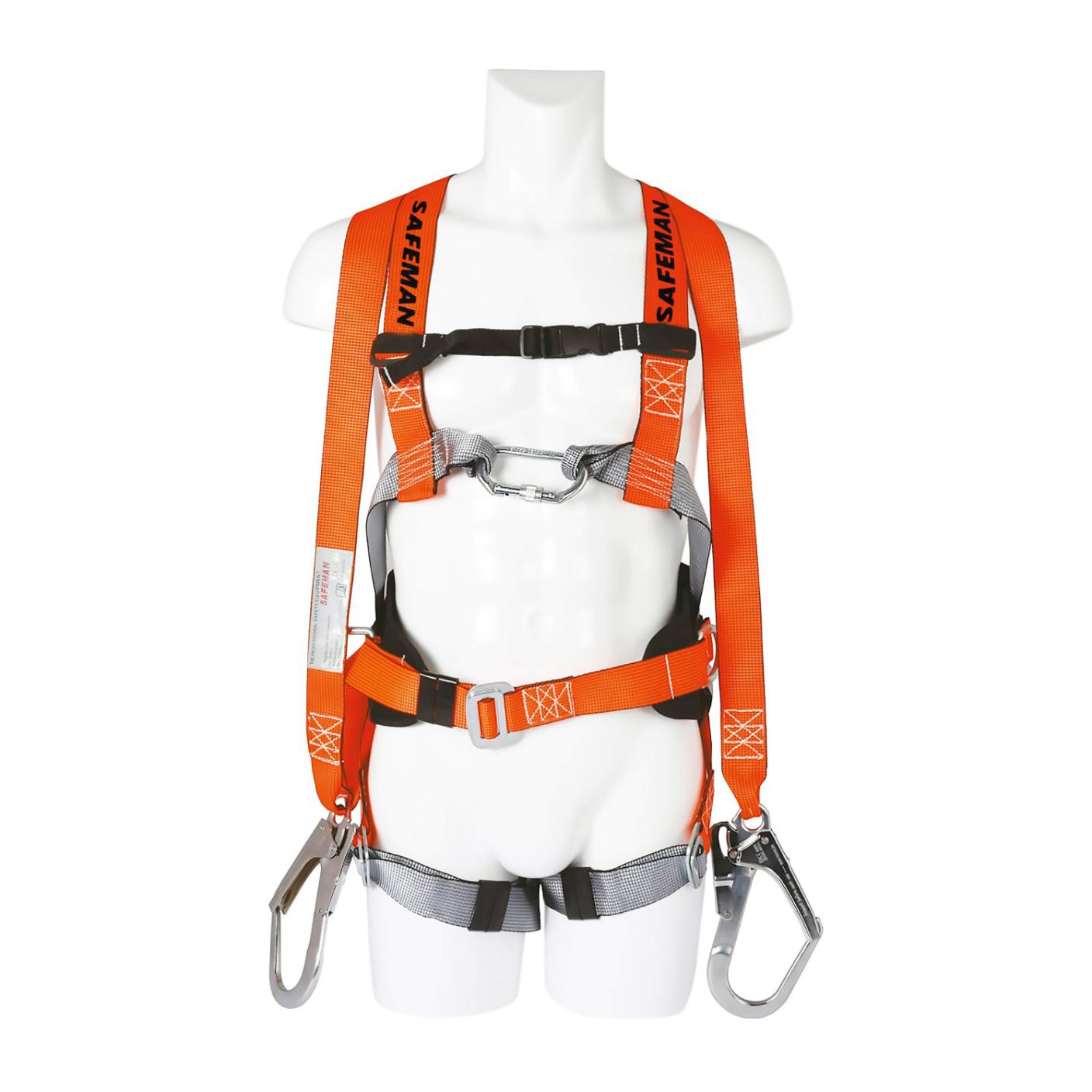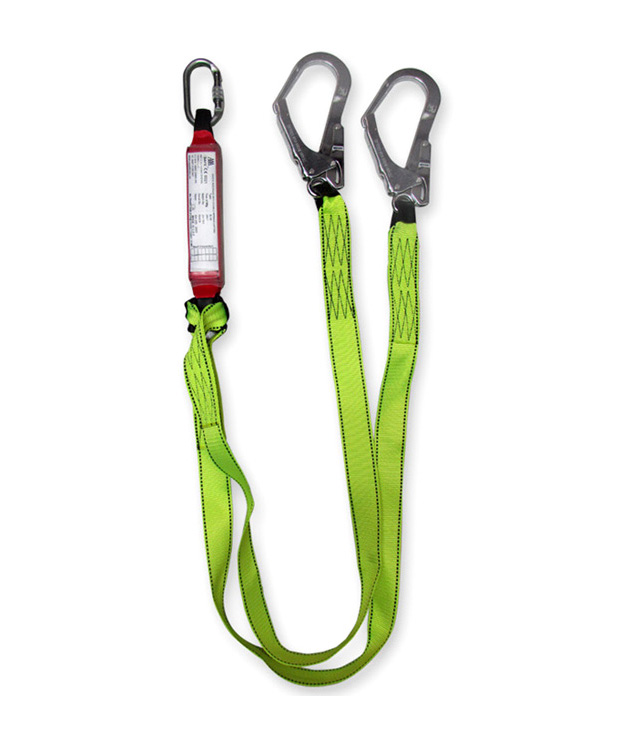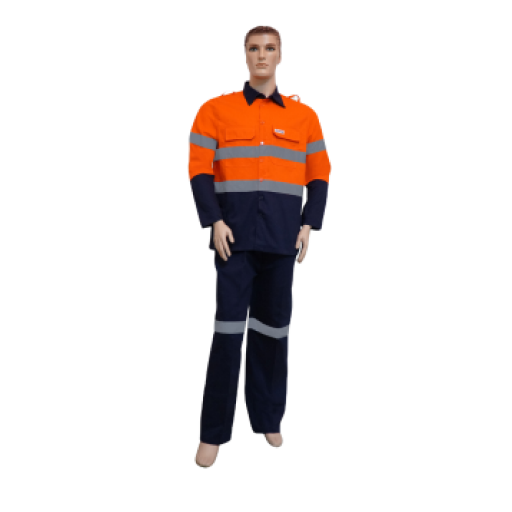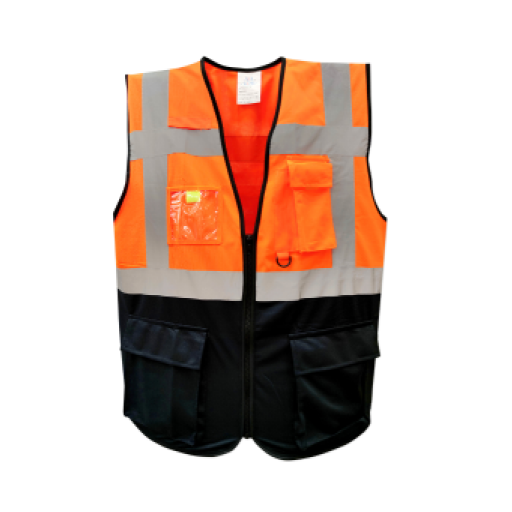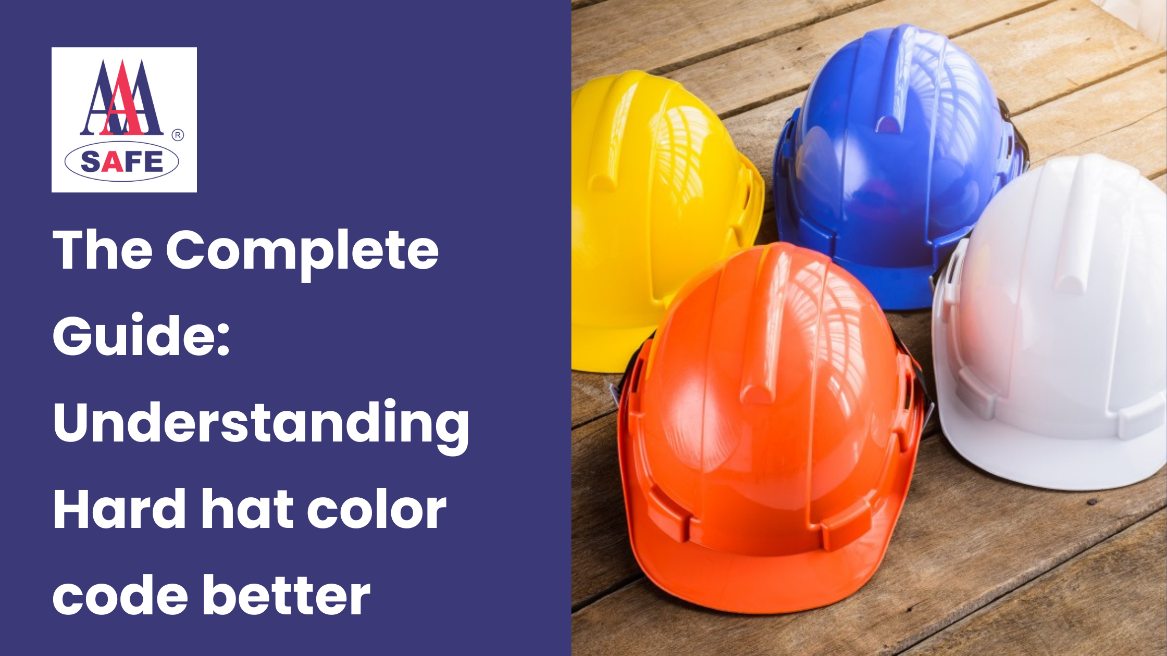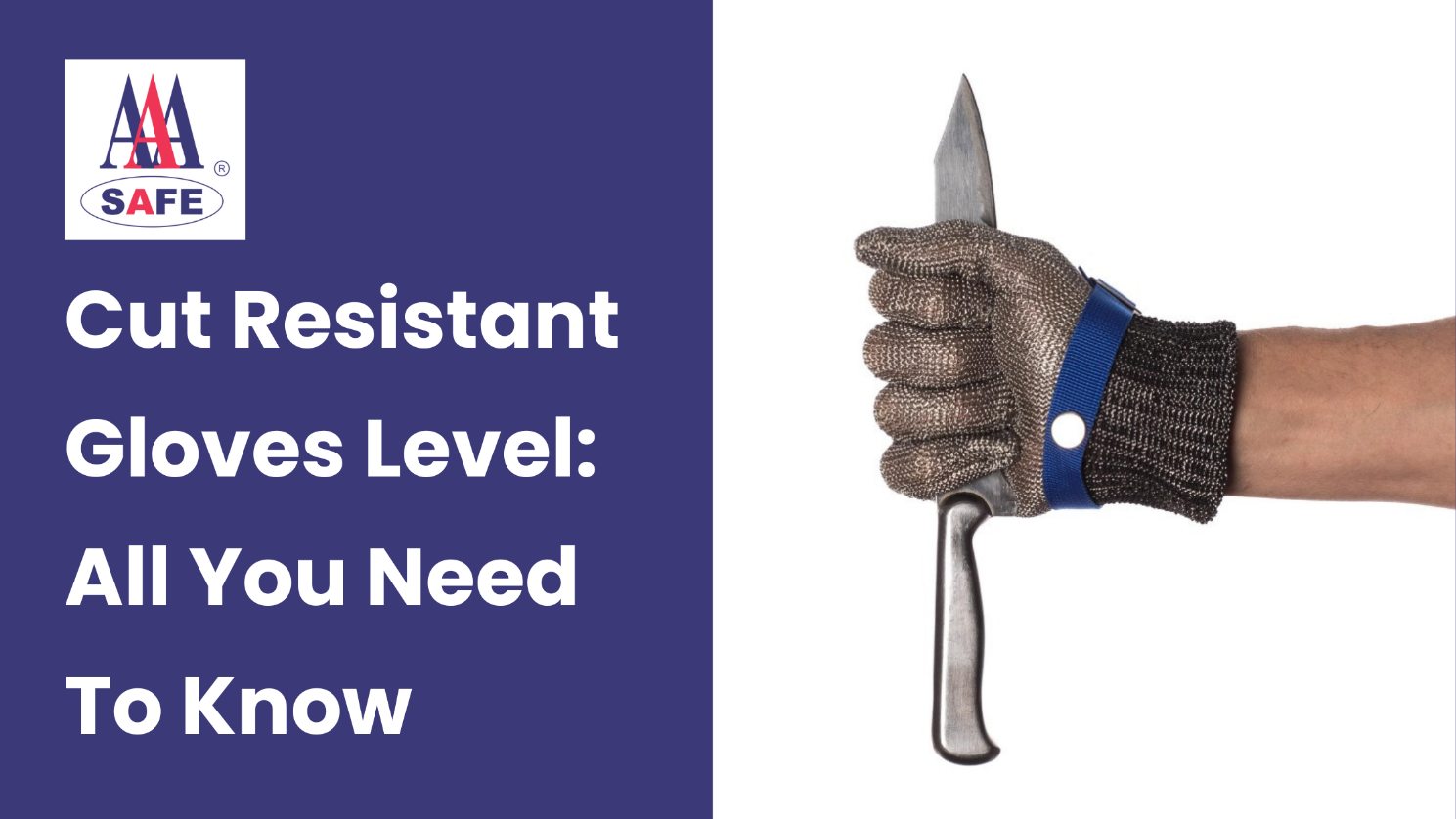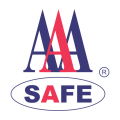Working underwater isn’t for everyone.
Knowing how to swim isn’t enough. You must be equipped to carry out any task meticulously and without worrying about the time and space limitations.
However, beginner or expert, working underwater poses a serious challenge. You aren’t diving deep to have fun like swimmers or scuba divers. Here you get down with a purpose. Purpose of finishing a critical task.
In other words, you’re an underwater working professional who is capable of doing any underwater tasks like underwater welding, construction, inspection, repair of underwater structures such as pipelines, oil rigs, and bridges, marine archaeology, scientific discovery & research, & exploration etc.
You may have liked TV programs on Discovery or National Geographic channel where photographers and videographers beautifully document marine life, ecosystems, and underwater structures. Similarly, other professionals with specialized skills, equipment, and knowledge execute different tasks in the underwater environment.
However, realizing the numerous visible and invisible dangers associated with working underwater, underwater safety becomes paramount. Apart from safety precautions, meticulous planning is needed to execute any task underwater. You’ve to be quick. You must be aware about the task, equipment, safety protocols, limitations & every danger you’re likely to encounter.
Working underwater is different from regular jobs and requires careful management to ensure safety and efficiency. If you’re part of any underwater profession, you deserve a successful and incident-free experience. In this blog, I’ll walk you through five key safety tips for underwater working.
Pre-Dive Planning
Planning is key in successful execution of any underwater job.
However, In any job or situation, lack of planning leads to failures & even disasters. For underwater working professionals, planning is the key to navigating risks and challenges, ensuring a smooth and problem-free underwater experience.
While it looks very simple—professionals diving and completing tasks—reality is often quite the opposite in practice. It needs a proper plan.
Before diving, an underwater professional needs clarity. Clarity about the entry & exit points. He must be familiar with the site’s layout, environmental conditions, and marine life existing beneath. A proper site survey can reveal all the dangers & different underwater structures present. Just survey the site’s layout. Check the water current & movement. Clear your path and every obstruction you spot. Carry every equipment that comes handy. Make sure every electrical line is safe.
Meticulously plan every detail and ensure clear communication with your team members. Avoid any miscommunication, & make sure every member is familiar with the site’s layout, all the entry & exit points. If possible, plan an alternate route in case the first one is unsafe or blocked. Ensure all team members are briefed on their roles and responsibilities
Plan everything and just dive to get the job done.
Breathing Underwater
Staying underwater is challenging.
Breathing makes it tougher. Your time is limited. So as your energy & the oxygen supply. However, the flow of water decides the pace of your breathing.
One man died in a diving incident in Dubai. Maritime Rescue teams went to the location and recovered the body. “He was practicing free diving which is a form of underwater dive that relies on breath-holding rather than the use of breathing apparatus such as scuba gear.
This incident highlights the significance of underwater breathing & having the best marine safety equipment.
Calm the water current, less breathing you need. Higher current demands more energy and breathing. So, you’ve to maintain breathing efficiency & conserve your energy for a safe underwater experience. You’ll need the following specialized water safety equipment for easy breathing underwater:
- Mask
- Regulator
- Scuba Tank
- Snorkel
- Breathing Hose
- Hose Reel
The confined space and other limitations may restrict your movements. However, breathing hose & hose reel can make your job easier. Just determine the amount of breathing hose you need & then use hose reel to conserve the breathing hose length. Remember, a breathing hose connects the scuba regulator to the diver’s mouthpiece. It delivers compressed air from the scuba tank to the diver, allowing them to breathe underwater.
Communication
No underwater work is possible without teamwork. And clear communication is key for a successful teamwork.
The tasks can be split between two teams: one doing the actual work underwater, second one stationed above the water. While the first team carries out the tasks beneath the water, the second team remains above water to support their efforts.
Therefore, clear communication between the two teams is critical. Clear the communication, better is the coordination. Clear communication will enable the team above the surface to perfectly monitor dive activities and respond quickly in case of emergencies.
You need to make sure all the communication devices are perfectly working. Brief all the team members, about the different communication protocols. Make sure each team member is aware of the hand & dive signals, if communication devices fail. Regularly update the support team about any changes or updates.
The most common communication methods for underwater working professionals are as follows:
- Radio
- Phone
- Microphone
- Wireless communication system installed in helmets and other tools
- Hand signals
- Dive slates
- Waterproof tablets
- Visual markers
These communication methods are useful in any work setting. However, wireless communication is a reliable option in confined or low-visibility conditions. Test all your communication devices before you start your operation.
Dive Safety Equipment
Workplace safety is paramount in any work setting. Underwater work environment is no different. It’s immensely blessed with all kinds of risks & dangers.
However, an underwater site presents unique safety challenges that are absent in conventional workplaces. Water itself is a challenge. Marine life can be a threat too. Presence of rocks and other structures are equally dangerous. While the mindset to deal with any safety challenge remains the same, an underwater site environment requires special attention and precautions.
Having high quality water safety equipment is the first step towards ensuring safety. You’ll need multiple safety equipment for communication, operations & emergency response. Ensure all diving equipment is properly maintained and every diver familiar with the use of these equipment.
Following are essential safety equipment for underwater working professionals:
- Regulator
- Scuba Tank
- Buoyancy Control Device (BCD)
- Dive Computer
- Masks
- Fins
- Snorkel
- Wetsuit or Drysuit
- Dive Lights
- Emergency Oxygen Kits
- Emergency Whistle
- Breathing Hose
- Hose Reel
- Tools & Knife etc
Employers should procure these from a reliable Safety Equipment Supplier in Dubai. Employees must familiarize themselves with the use of these safety equipment. Safety team must incorporate these into the dive safety plan.
Emergency Response
Emergencies are inevitable.
Despite all the planning and safety protocols, unexpected emergencies can still occur.
During any underwater operation, accidents, emergencies, aquatic life injuries are common. Lack of oxygen. Missing divers. And high water currents are some other dangers and risks that may surprise you during your underwater stay.
So be ready with your emergency response plan and your emergency response team, fully trained in first aid, CPR, and underwater rescue techniques. A woman died in a Dubai scuba diving accident when she was taking a basic scuba diving lesson with an instructor. A quick emergency response is necessary to avoid such accidents & rescuing stuck people on time.
Procure the best quality emergency underwater rescue tools. The following tools are some of the reliable & common water safety equipment & emergency rescue tools:
- Dive reels or Spools
- Lift bags
- Rescue lift systems
- Emergency Oxygen Kits
- Diver Recovery Bags
- Rescue floats
- Ropes
- Poles
- Small boats
Some emergencies may require trained rescue teams or other experts. Some may be as easy & quick as extending a hand or a rope to assist those who need help.
Wrap Up: 5 Safety Tips for Underwater Working Professionals
From constructing bridges & dams to installing different underwater structures and pipelines, numerous tasks are carried out underwater. Then there are marine biologists, researchers & explorers who work underwater to accomplish different purposes & goals. None can deny that working underwater is risky & challenging. However, to ensure your safety, please keep in mind the following 5 essential safety tips when working underwater. Pre-plan your dive, have enough oxygen supply & control your breathing and carry the required breathing & other water safety equipment, communicate clearly, have an emergency response plan etc. By following these critical safety tips you can minimize risks & have a safe underwater working experience.





